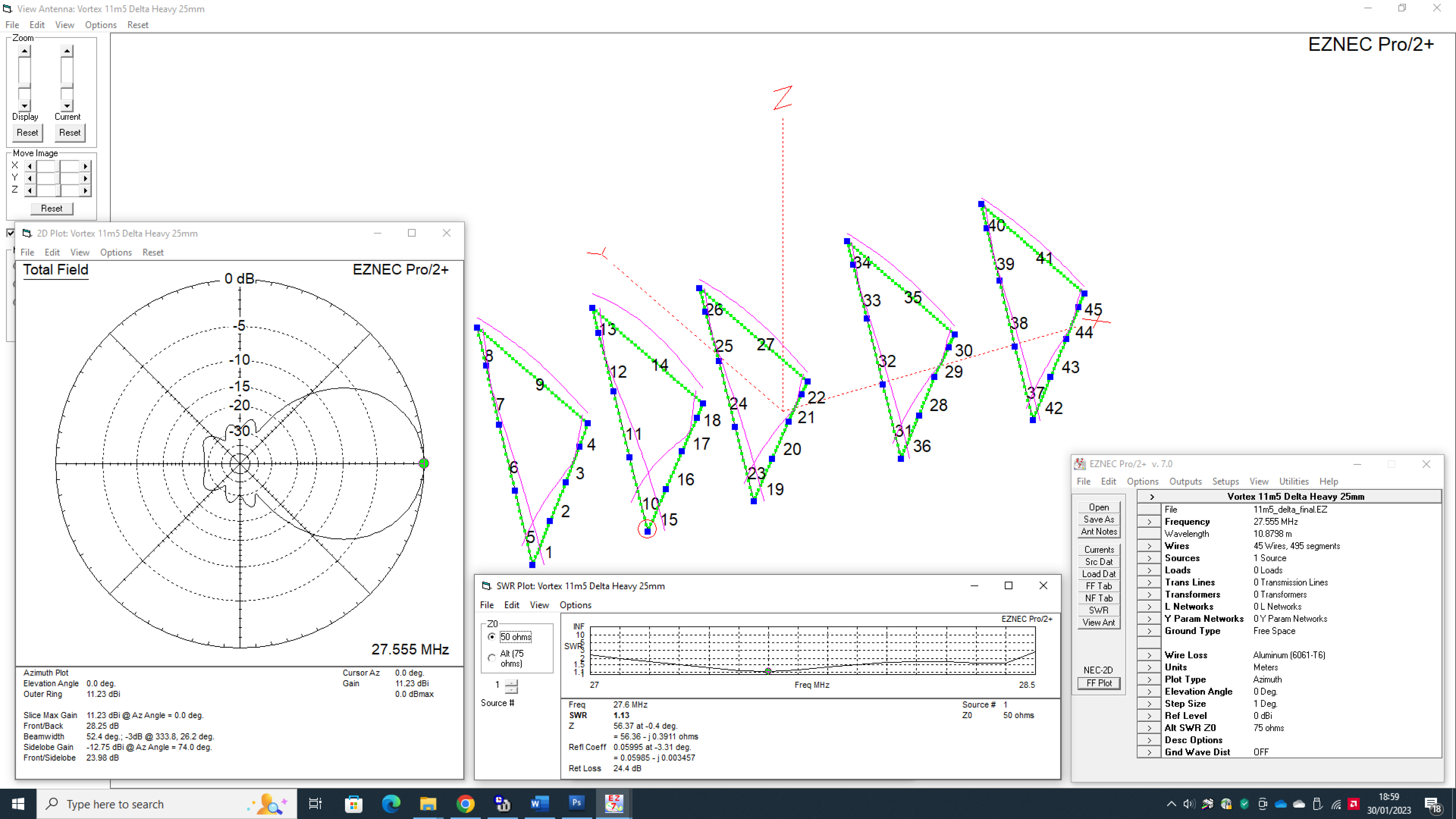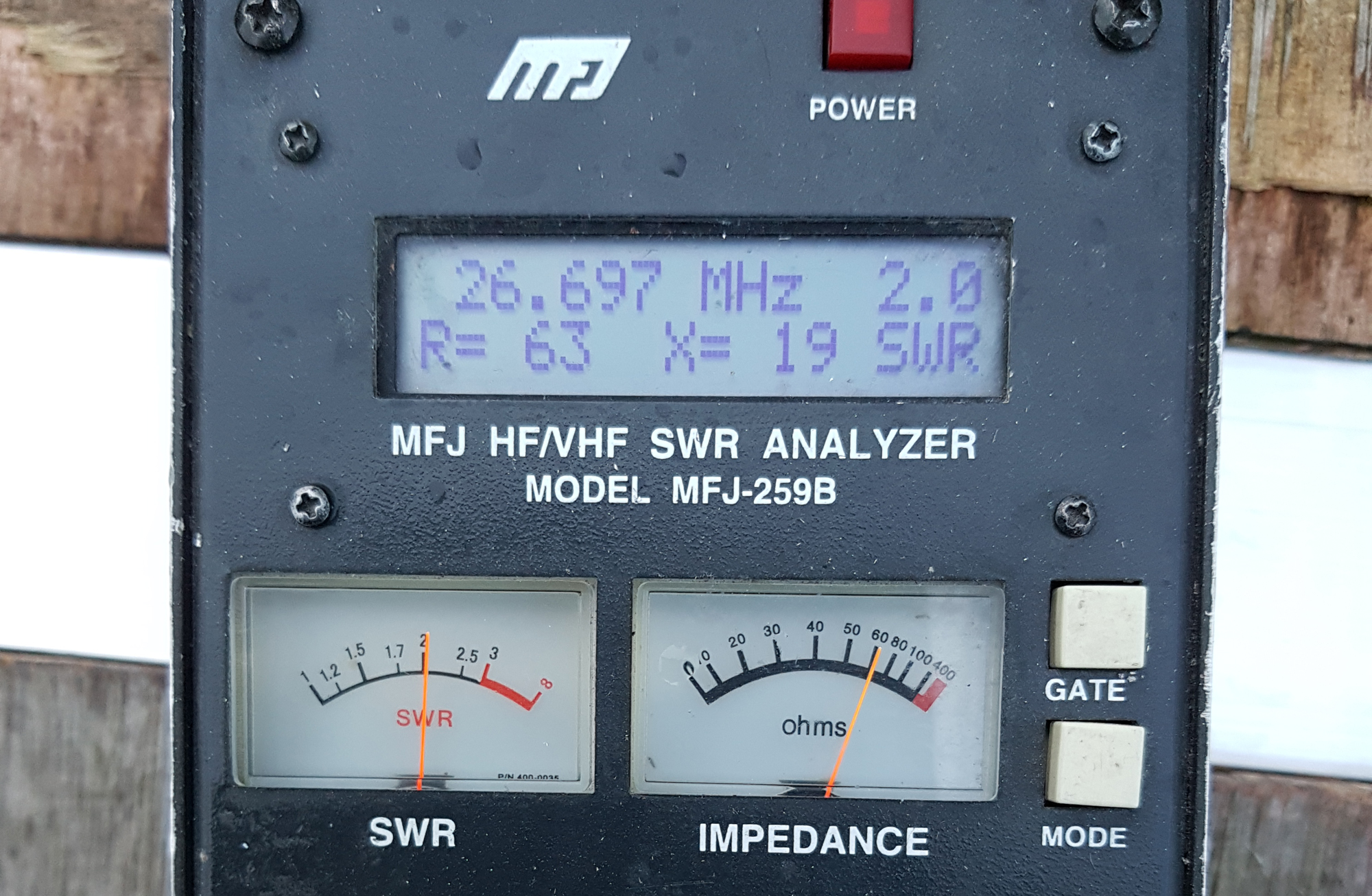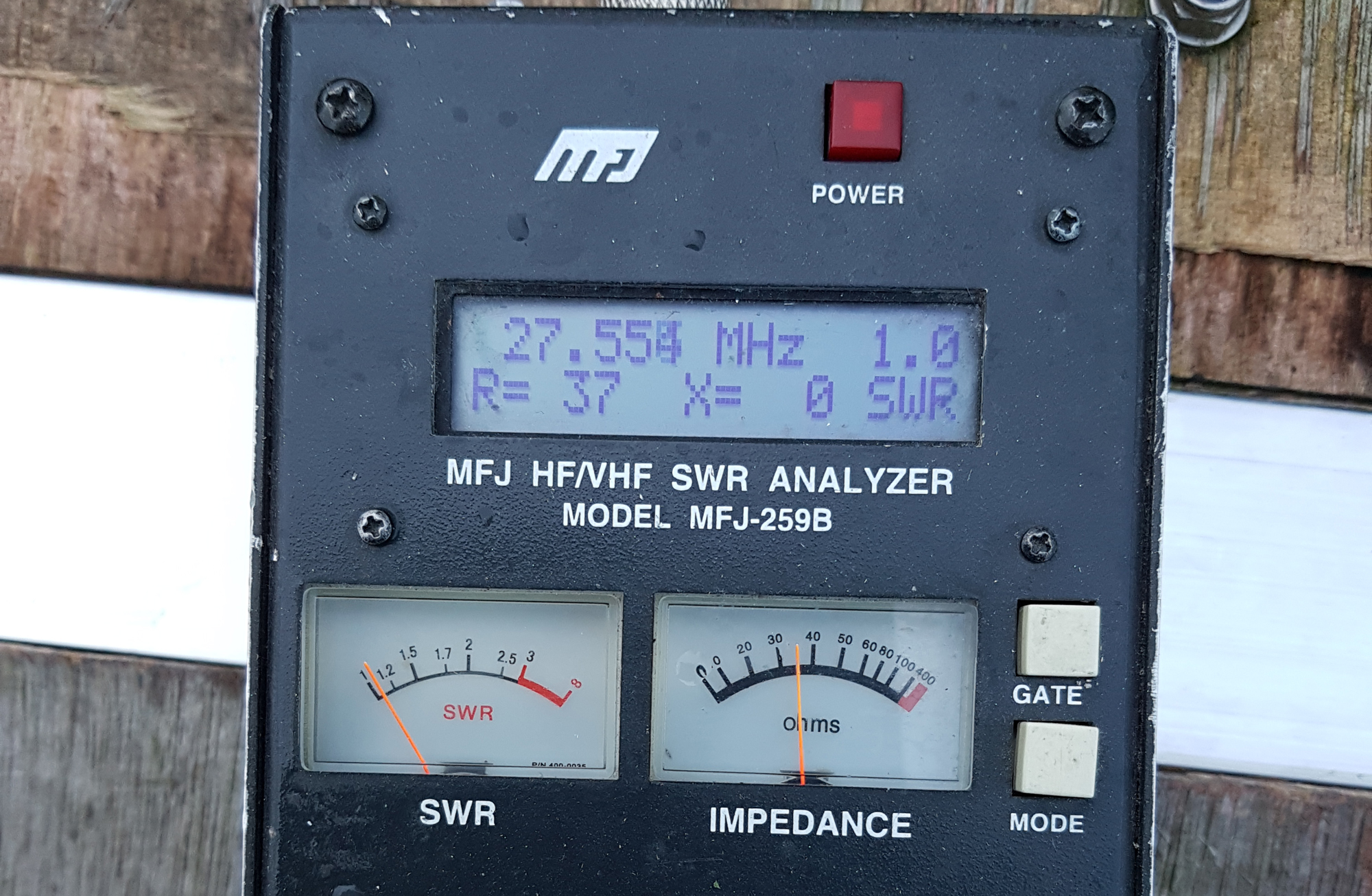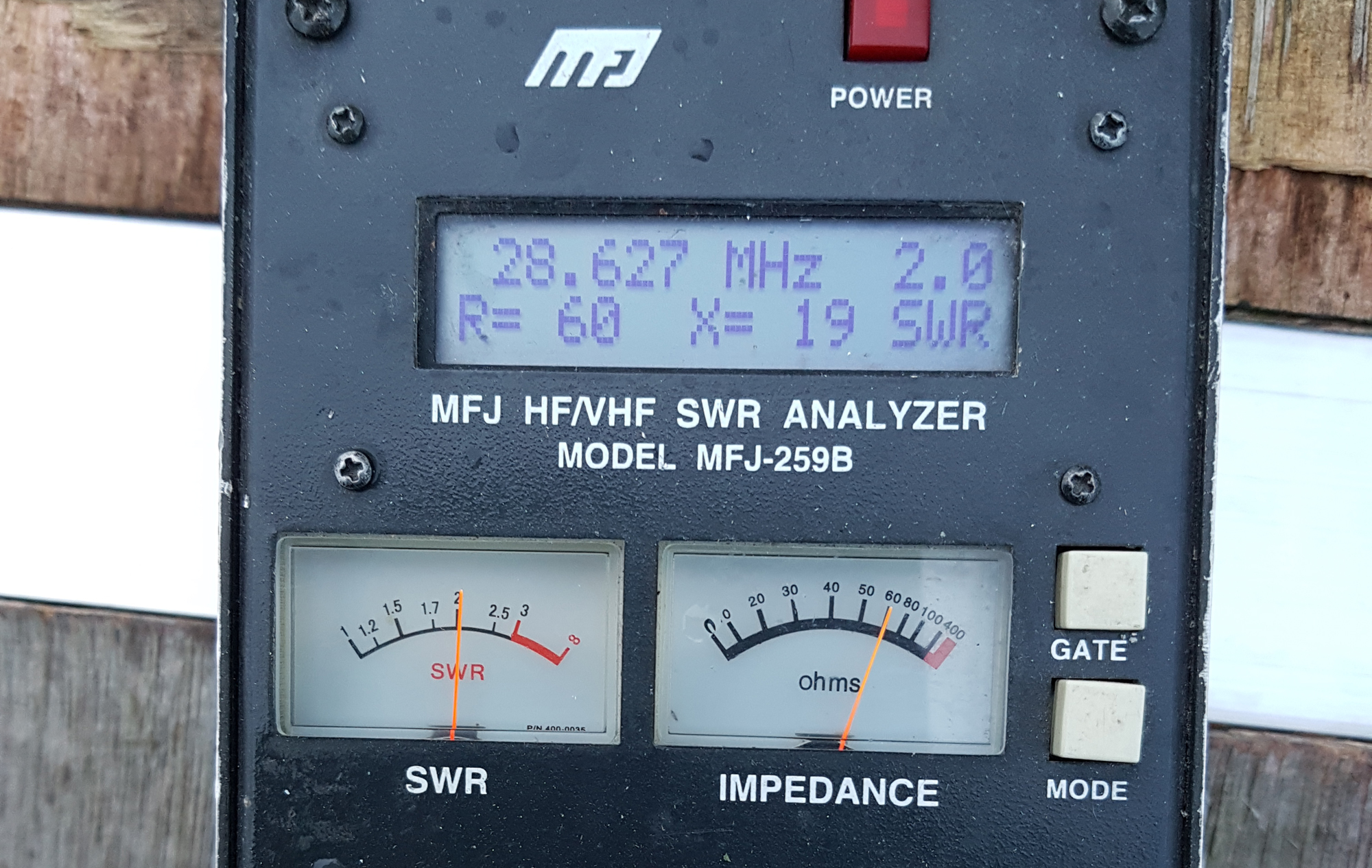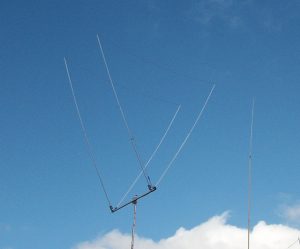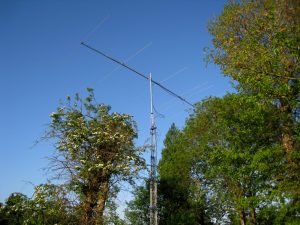A Super H/Duty 5 Element Delta Loop for 11m
Done the right way – not the cheap way!
Due to very popular demand, I’m happy to publish the original 11m ‘Vortex’ 5 Element Delta Loop design. Still used by some of the world’s top big-gunners, this antenna will bust pile-ups with ease. It’s big and heavy – so not for inexperienced builders.
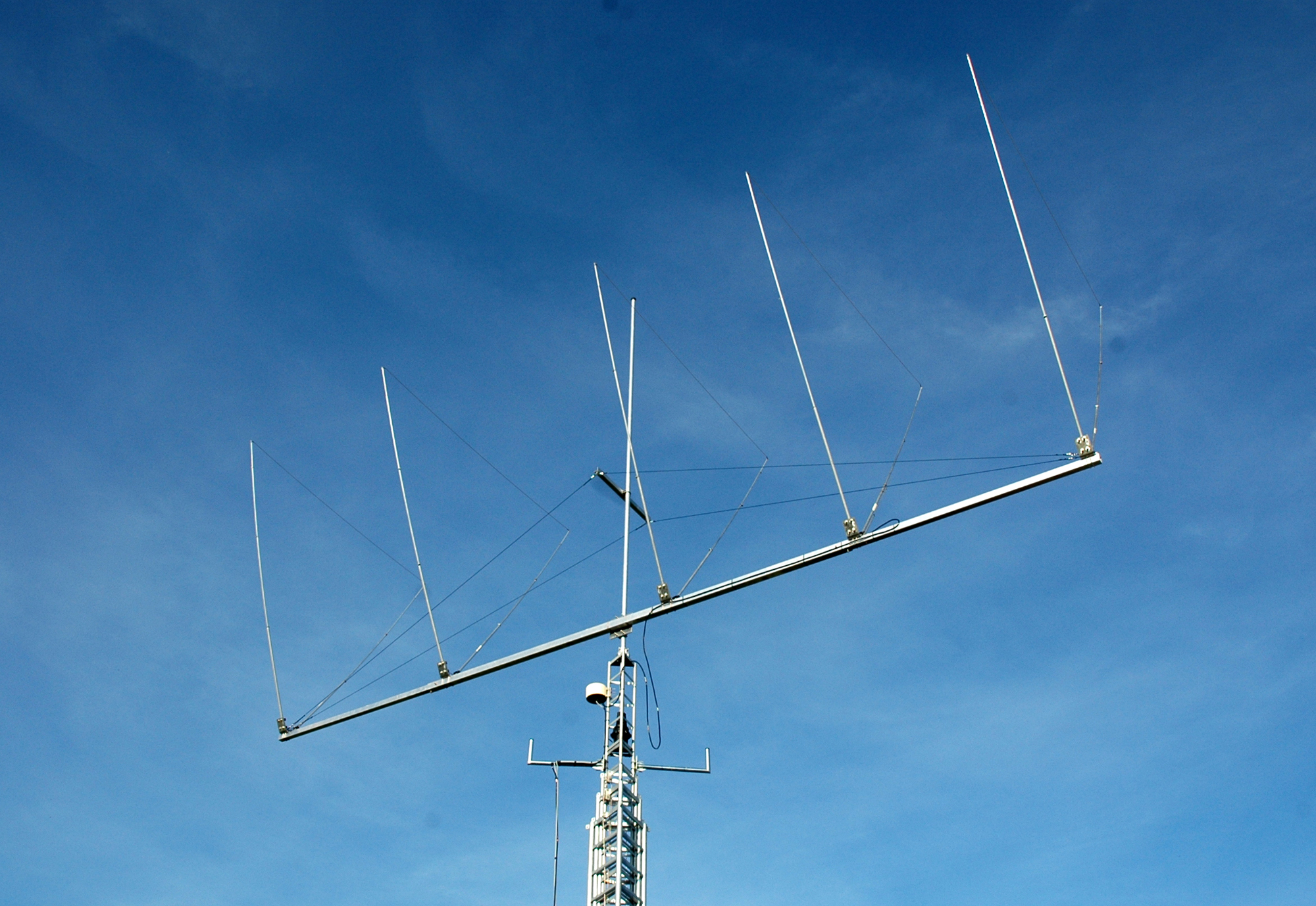
The antenna was originally constructed as a ‘Super Heavy Duty’ variant and hardware used and data published on this page is based around the original design. The use of smaller diameter element tubes could potentially alter the pattern although swapping out the lower 25mm tubes for longer 20mm tubes to make up the difference [if you wanted to make the elements slightly ‘Less Heavy Duty’, shouldn’t change the pattern by too much.
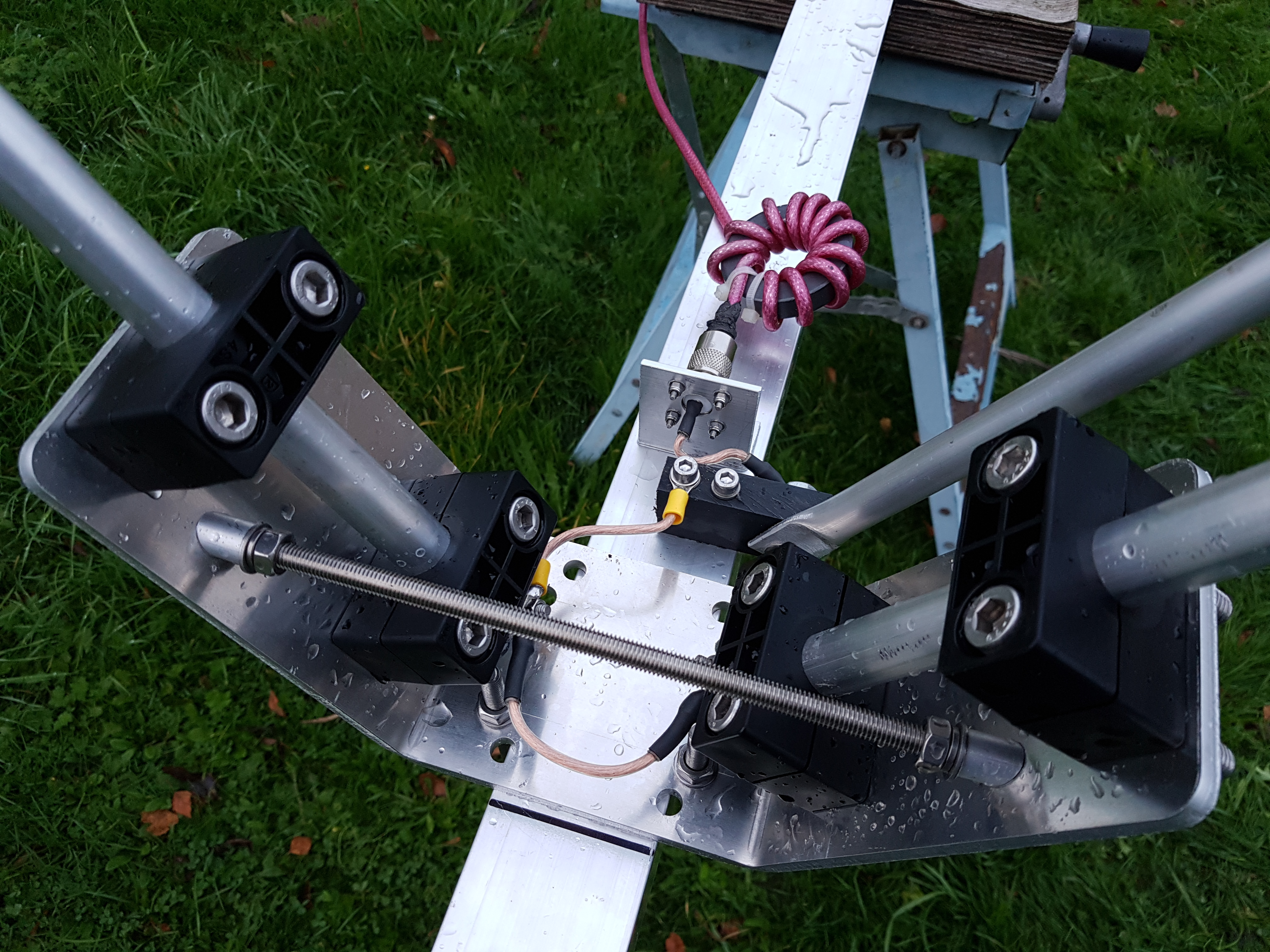
Builders could potentially use a lighter weight boom stock to suit their own requirements. Just be aware that using a lightweight boom stock for a 10m boom length antenna will certainly require some kind of guying or hardware to stabilise the whole array.
The Super Heavy-Duty design here uses really chunky 3-inch [76.5mm] box section by ¼ inch [6.35mm] wall boom centre sections and actually needs no end guying or support. You can literally bounce elephants off it – it’s that sturdy [but of course very heavy].
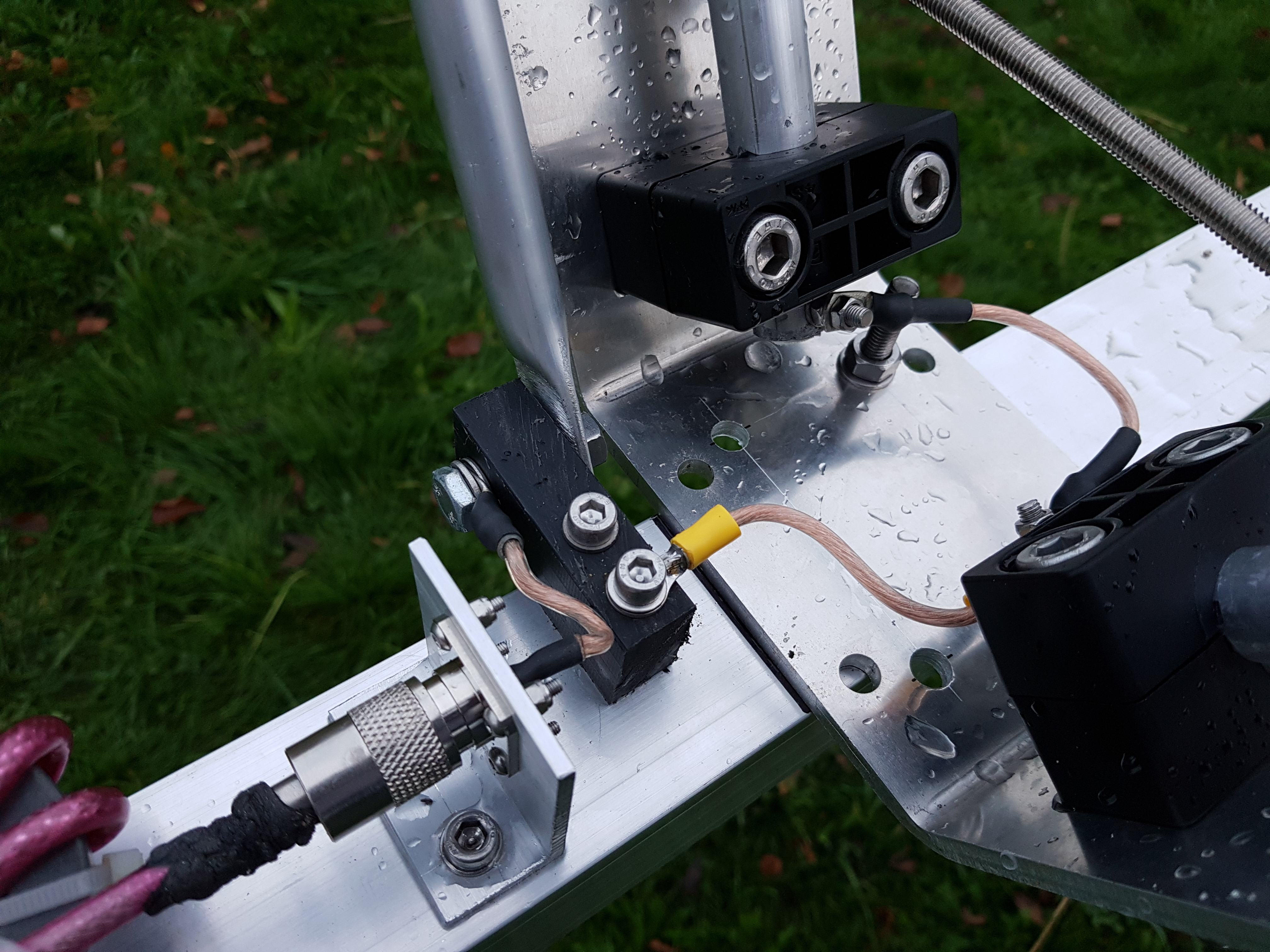
The design is focused around a high performance, medium bandwidth design and although figures look similar to a 6 element Yagi – we’ve found under most circumstance the Delta Loop will outperform the Yagi and certainly ‘hears’ so much better being a closed loop design.
The front to back and front to side rejection is exceptionally good with deep nulls all round.
Here’s the top-level data and figures.
Model Data: Vortex 11M5 Delta Loop 5 Element – 11m Band
Band: 11m data centred around 27.555MHz
Bandwidth [1.5:1 SWR]: 1.25MHz approx.
Bandwidth [2.0:1 SWR]: 2.00MHz approx.
Boom Length: 10m
Forward Gain [27.555MHz]: 11.23dbi
Front to Back Ratio [27.555MHz]: 28.25db
Element Diameters: 25, 20, 16 and 12mm
Top-Wire: 2mm PVC coated Flexweave [or 12AWG]
We’d highlight that potential builders should read this article first about the tapering of Delta Loop elements prior to building, as although we’ve included the EZNEC file, we have built this around the methods mentioned on this page.
For builders – if you follow the data here as shown, then the pattern of the antenna should be very close to the EZNEC plot. Don’t follow the ‘Raw EZNEC Data’ lengths.
Final points to note:
The antenna has been modelled using 2mm diameter wire with PVC coating for the top wire [Coated Flexweave]. If you use bare copper wire, it will have a different velocity factor [higher than that of PVC coated wire] and the plot won’t be the same [it may be quite poor as we’ve not tried]. In essence, the antenna loops will be too short.
DATA SHEETS and FILES:
EZNEC File
Boom Data
Element Data
Gamma Match Data
Top-Wire Support – How it Works
Delta Loop – Example of a Driven Element
As always – enjoy your build!
73 – Steve G0UIH – Q82.uk

